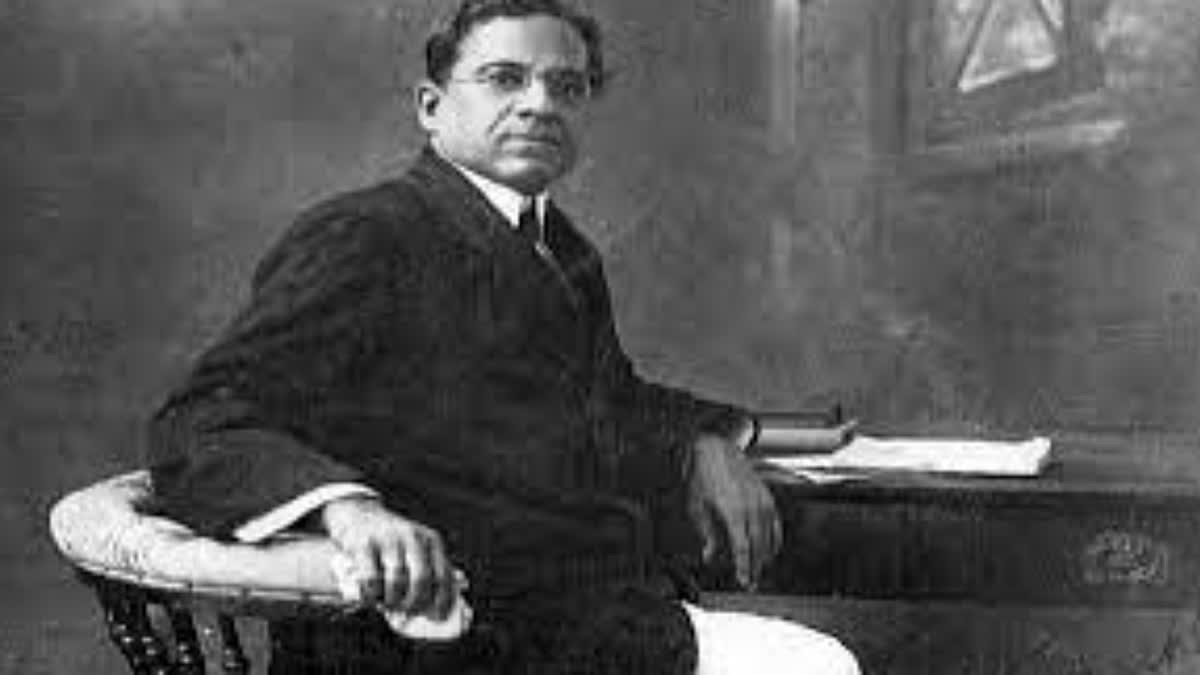Hyderabad:Dadasaheb Phlake, also known as Dhundiraj Govind Phalke, was born on April 30, 1870, in Nashik, Maharashtra, to Dwarkabai and Govind Sadashiv (also known as Dajishastri), a Sanskrit scholar and priest. His first movie, Raja Harishchandra, which was premiered in 1913, is India's first feature-length motion picture. The producer-director-screenwriter became known as "the Father of Indian cinema" with 95 full-length films and 27 short films produced over the course of his 19-year career, from 1913 to 1937.
Phalke was motivated to tell the tale of Indian deities on the big screen after watching the silent film The Life of Christ. That turned out to be a turning point in his career. Phalke was so committed to filming that he would spend endless hours staring at the negative run on walls, which almost made him blind from staring at them for so long.
Not only that, but in 1912, he had to take out a loan in order to produce Raja Harishchandra, India's first motion picture. The film was shown to the general audience on May 3, 1913, at the city's Coronation theatre. He continued to produce films, including the well-known Mohini Bhasmasur in 1913, Satyavan Savitri in 1914, Lanka Dahan in 1917, Shri Krishna Janma in 1918, and Kaliya Mardan in 1919.
Phalke established the Hindustan Cinema Films Company in collaboration with five businessmen from Mumbai as the silent film era gathered traction. Despite the fact that two of the company's films did well financially, Phalke was forced to leave the company due to other issues. Phalke constructed a model studio, educated technicians, and performers for a new company he named the Phalke Diamond Company, but the venture was a complete disaster.
